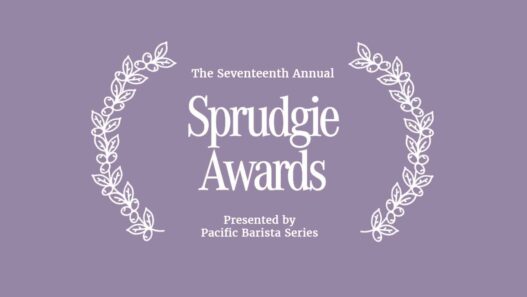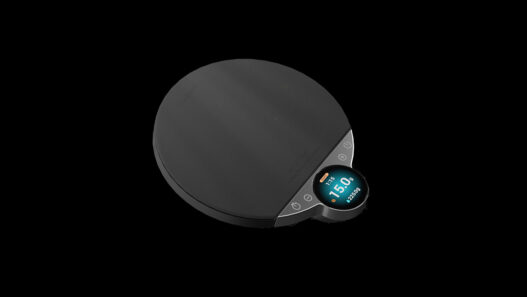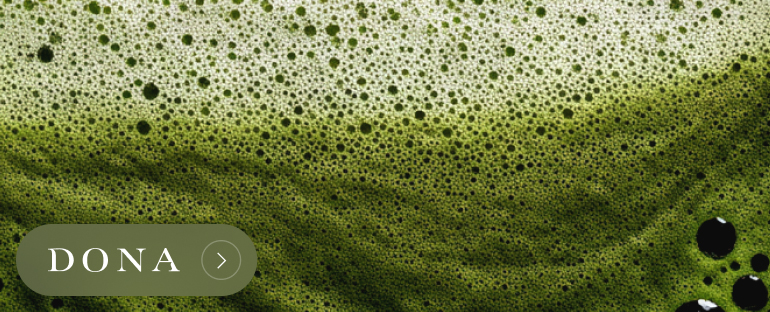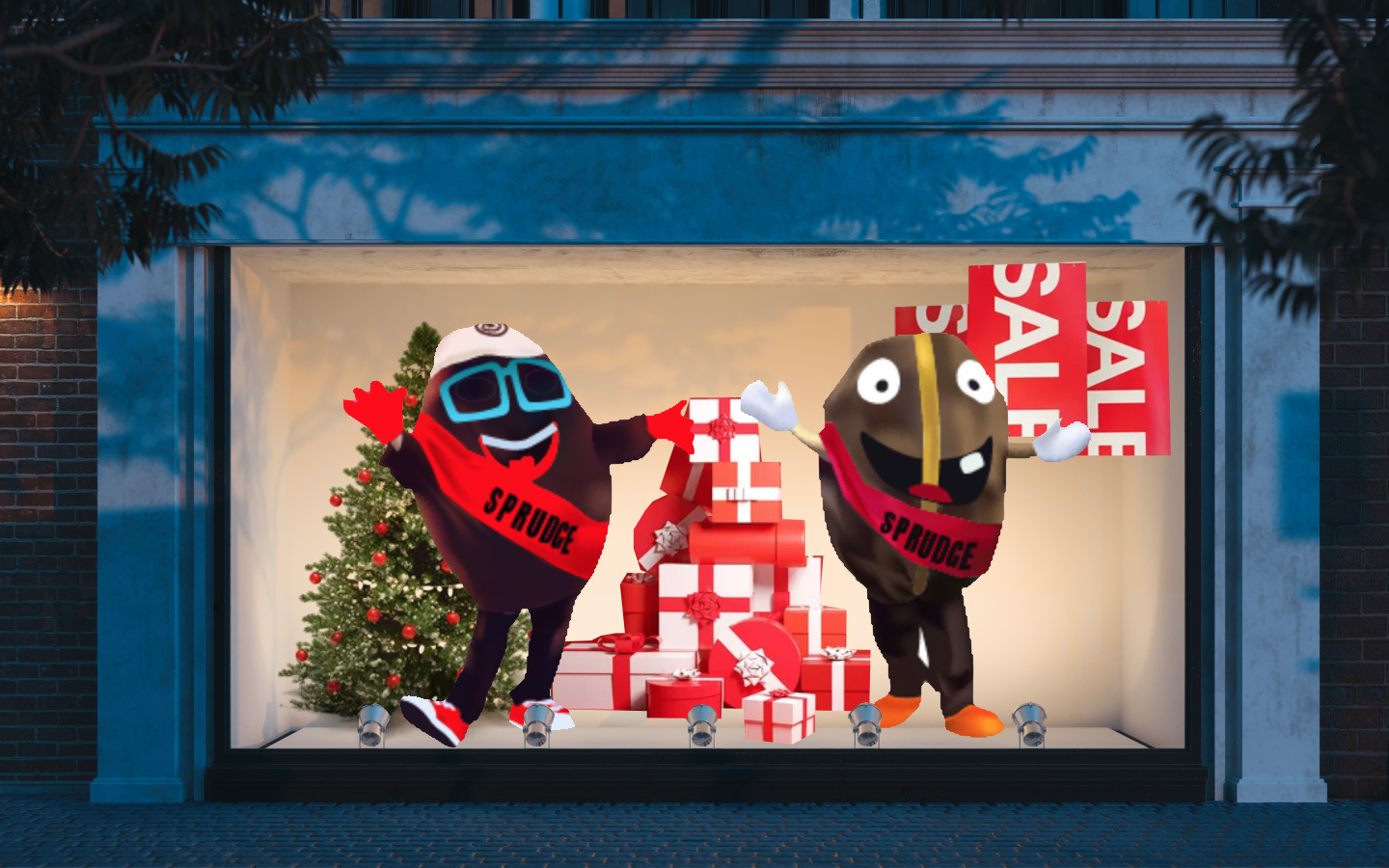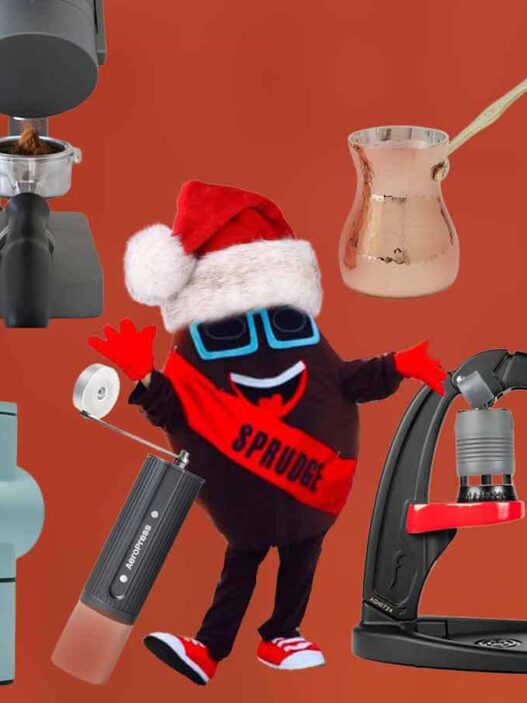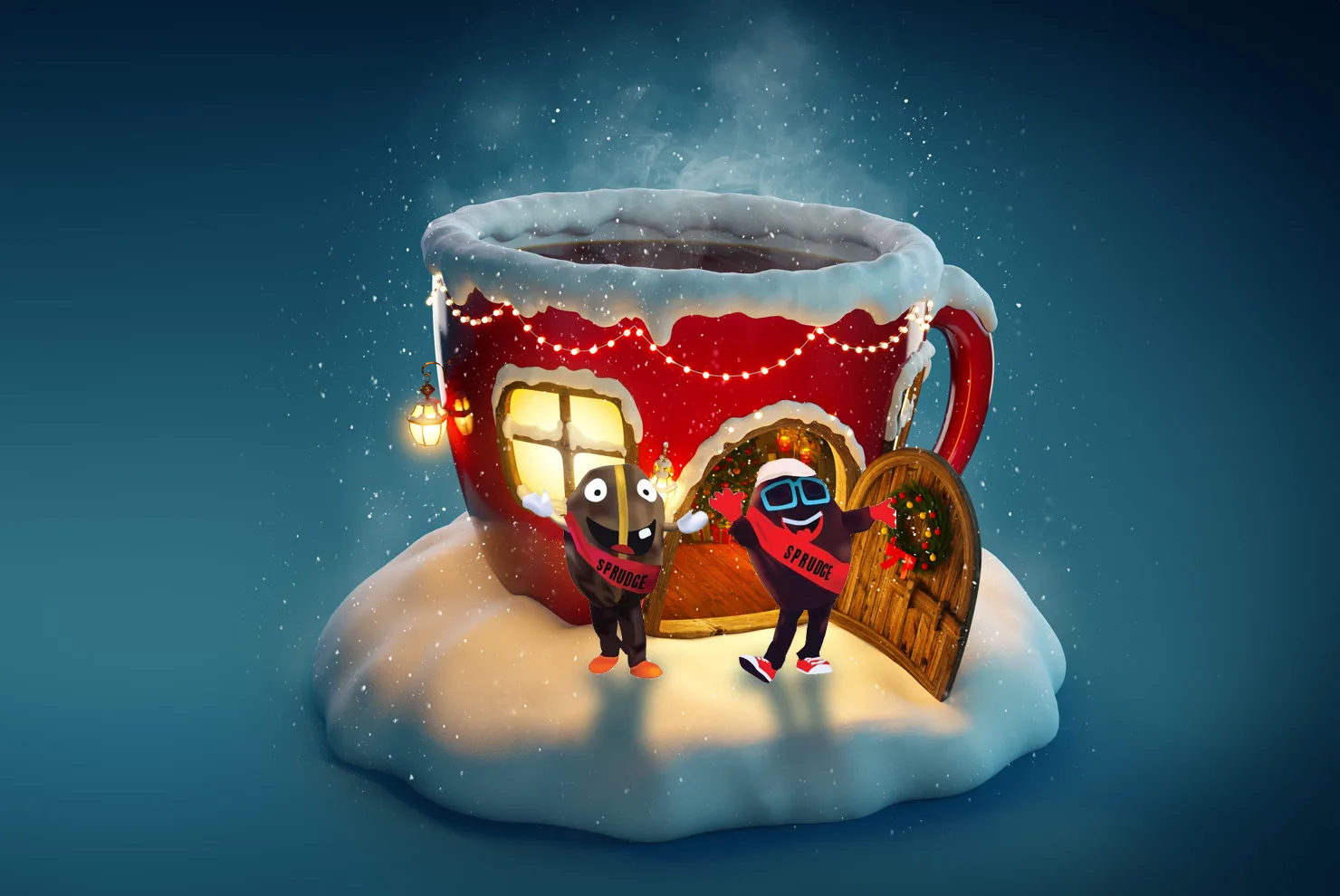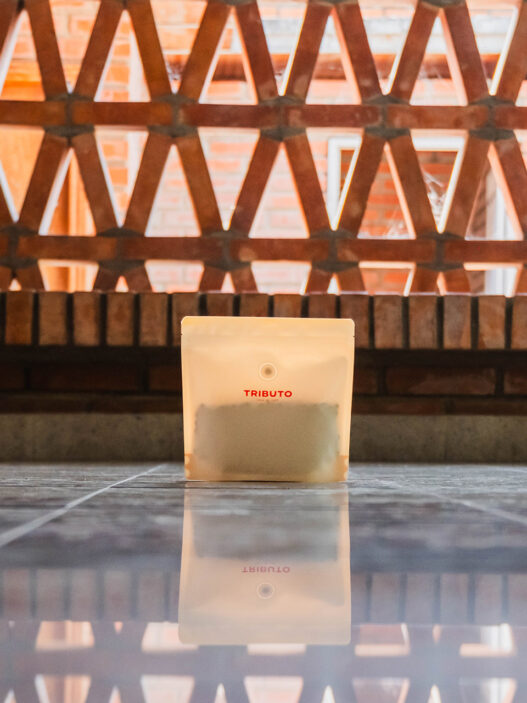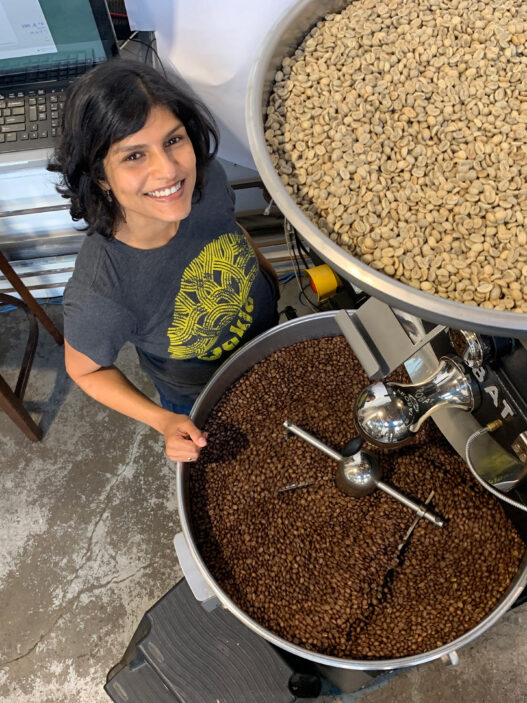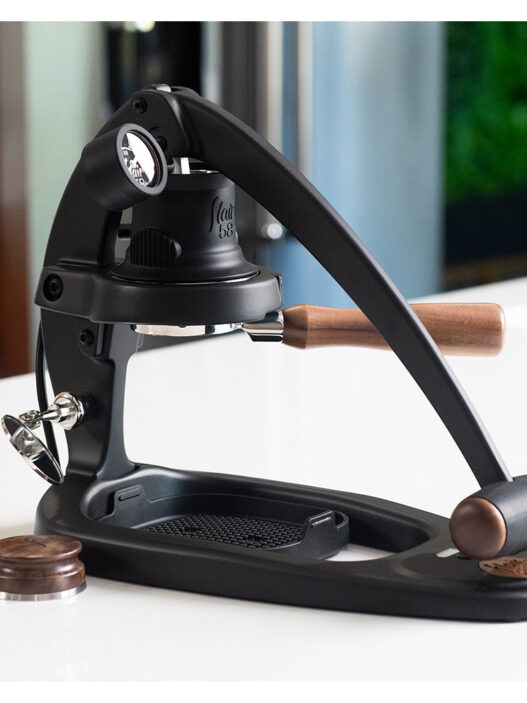The Chemex Coffee Maker is a classic pour-over brewer and longtime Sprudge favorite that’s perfect for brewing with at home. Invented in the 1940s and presently manufactured in western Massachusetts, the set-up required for brewing with a Chemex couldn’t be easier. All you need is a Chemex, some official Chemex filter papers, a scale, a kettle, and delicious coffee.
Here’s our tried-and-true brew method that yields a delicious cup.
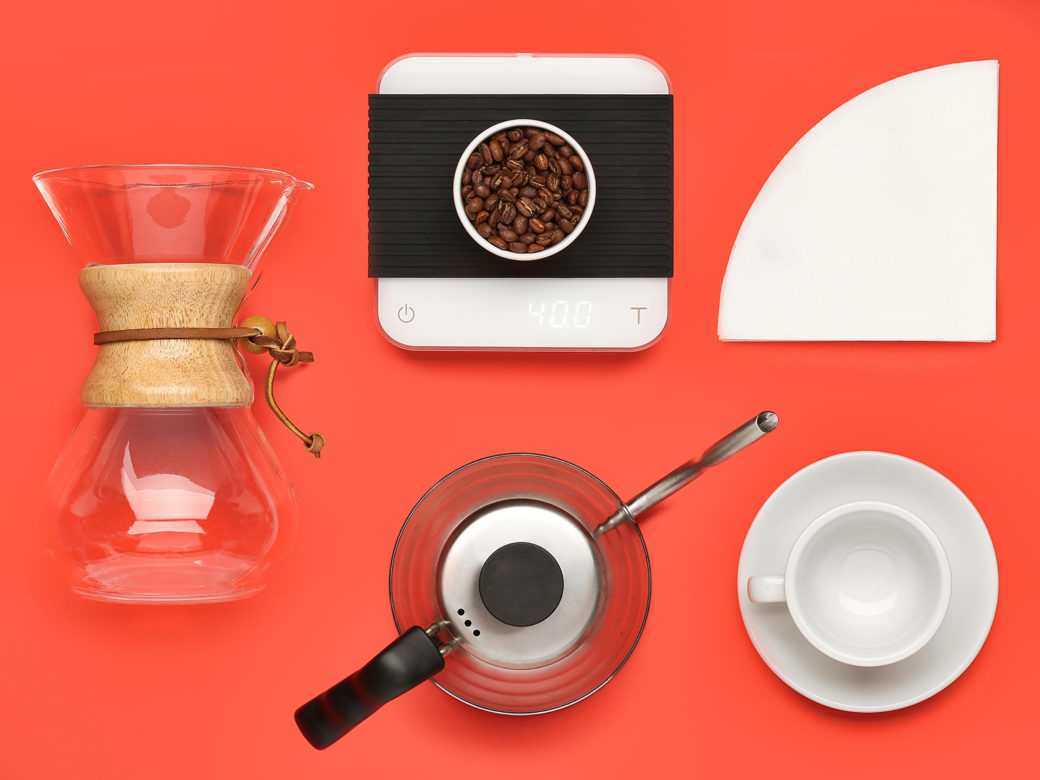
What you’ll need:
☑️ Chemex 6-Cup Coffee Maker
☑️ Chemex filters
☑️ hot water
☑️ cup
What’ll you’ll want to have:
☑️ coffee grinder
☑️ gooseneck kettle
☑️ coffee scale
☑️ thermometer
☑️ stop watch
Shop local —find a roaster selling gear in your area online. Don’t know where to start? Check out this map.
40g ground coffee (medium-coarse)
640ml hot water (205ºF)
Add 80ml of hot water and let bloom for 30 seconds.
After thirty seconds, slowly add 150-200ml water. As the water begins to fall, slowly add the rest of the brew water until you reach 640ml at ~3 minutes.
Allow the water to draw down for another minute or so.
Step one:
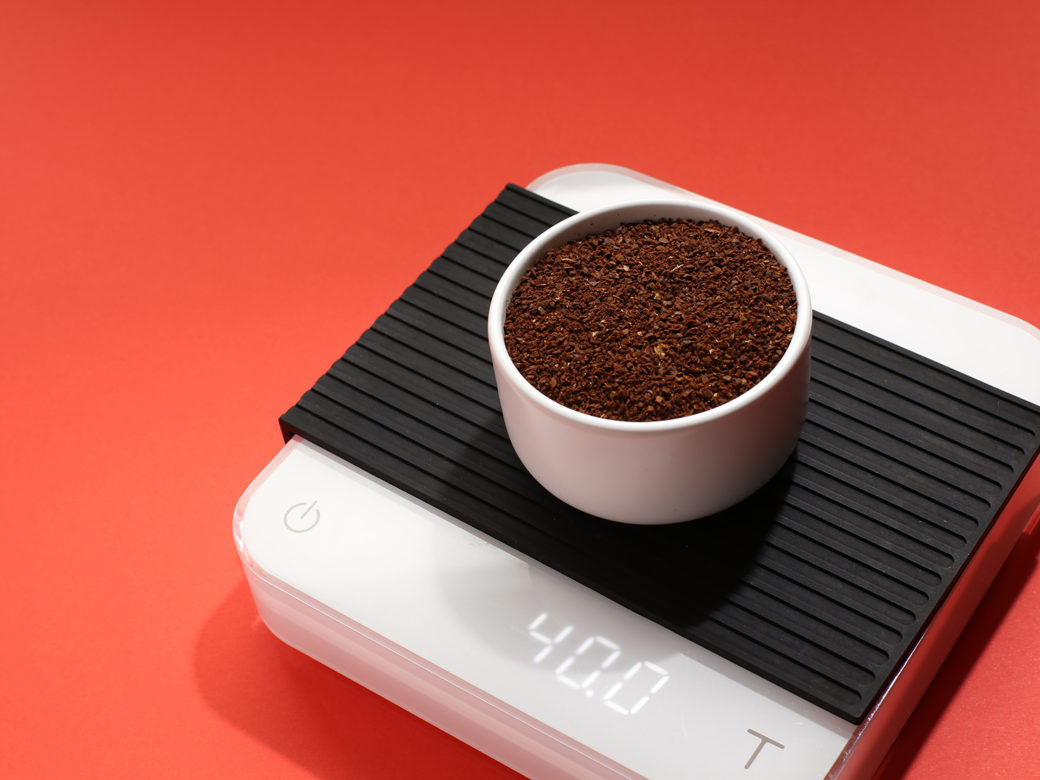
Measure out 40g of coffee and get your hot water going. Shoot for 205ºF/96ºC. Once your water is up to temperature, place the paper filter in the Chemex, with the three-layer side against the spout.
Step two:
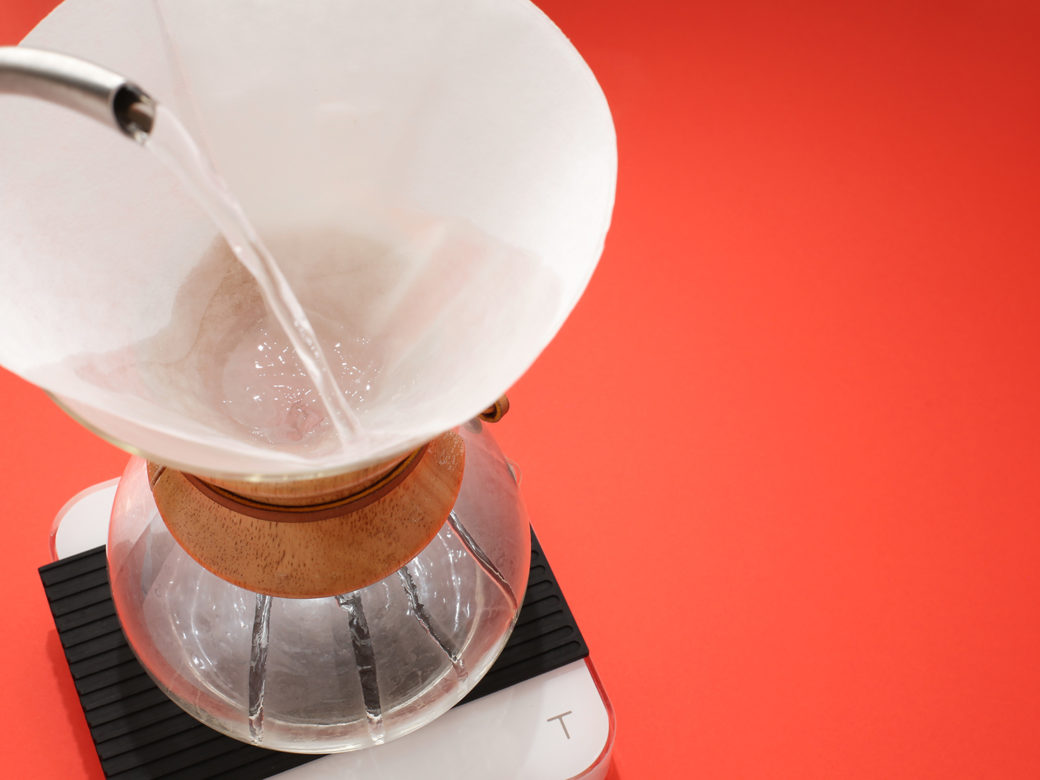
Pour a good amount of hot water through the filter to both rinse the paper filter and preheat the vessel. Pour the hot water out of the backside of the Chemex.
Step three:
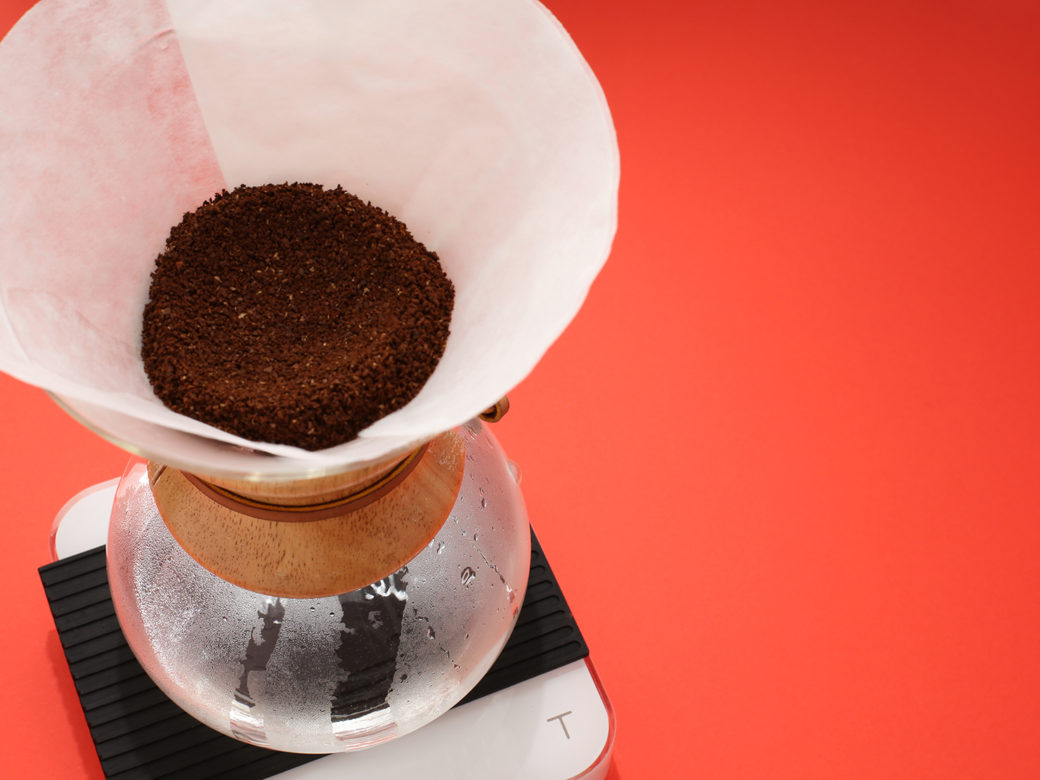
Grind the coffee and place it into the filter. We like making a depression in the bed of the coffee with a spoon to focus the stream of water to saturate all of the coffee. Place your coffee on the scale and tare it. Get a timer ready!
Step four:
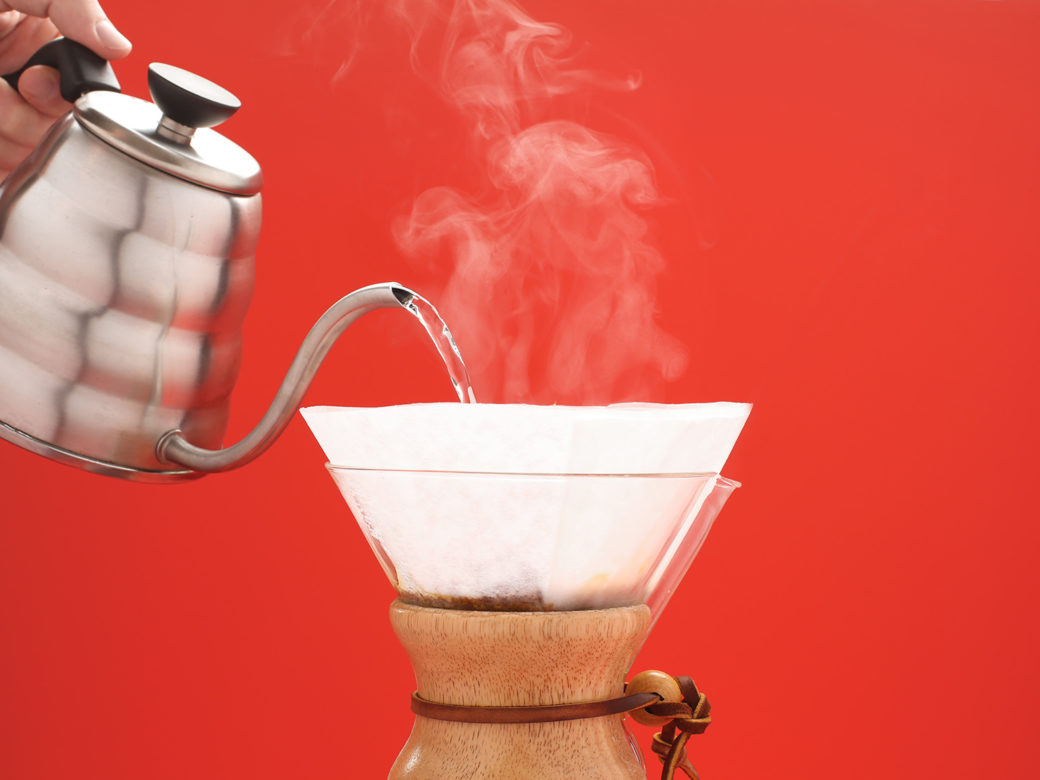
Pour about 80g of hot water on the grounds and start the timer. Use a spoon or a chopstick to stir up the bed of coffee, being careful not to tear the paper filter.
Step five:
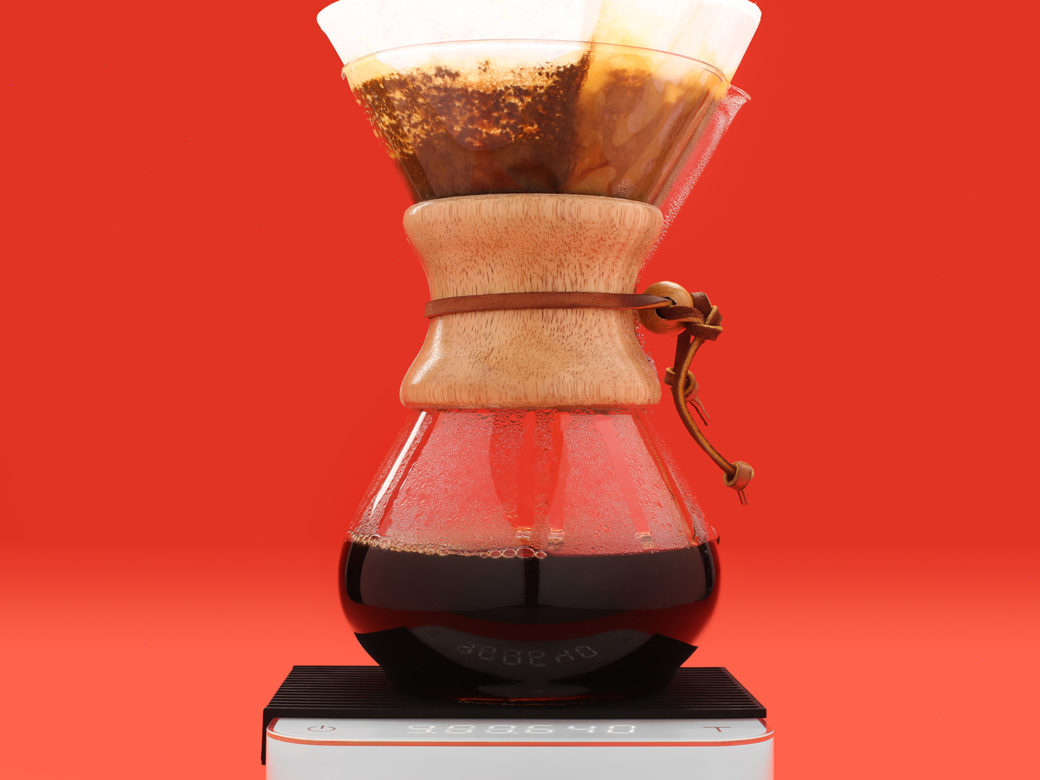
After 00:30 (30 seconds) has passed, pour another 150-200g of hot water onto the bed, distributing the coffee evenly with the stream of water. Let the water level fall slightly, but always keep the bed of coffee submerged. Gradually add water until you have reached your target of 640g of water in 03:00. The liquid should take an additional 01:00-01:30 to drain out. Try to come up with your own system of time/volume pulse pours for consistency.
Hot tips
Being overly aggressive with a pour can pile all of the coffee ground towards the center of the filter, further restricting with flow. Try focusing the pour mainly in the center of the cone, or grinding coarser if you keep choking the brew. Again, there are plenty of variables to play with, and your mileage may vary.
Sprudge brew guides utilize a brew ratio of 16:1 by weight, that is, for every 16 grams of water used, 1 gram of coffee is used. This is slightly more generous than the 60g/L standard recommended by the SCA, as 1000/16=62.5.
Grind measurements are given in subjective analogs, e.g. “like playground sand.” Communicating particle size effectively is near impossible, as grinder settings don’t translate universally. Ultimately, tasting and experience will illuminate the proper range of grinds for each brew method.
We specify a “bloom” of 30 seconds. Try a little longer if the coffee is really fresh.
Troubleshooting
The rate at which coffee extracts is influenced by a set of variables: surface area, water temperature, agitation, flow rate, and so forth. Once you get consistent, confident, and consistently confident, try to juggle the variables a bit: grind finer and use slightly cooler water. Grind coarser and let it steep longer. This balancing act ensures that there’s no single right way to do any of this… just use your noggin, but more importantly, use your taste to guide you.
Generally, if a coffee is thin, hollow, grassy, sour, lacks sweetness, it’s not extracted enough. The most effective way to correct this is to make the grind finer and keep everything else the same. If a brew is bitter, harsh, astringent, it’s over-extracted: next time, try coarsening up the grind.
Further Reading
Blue Bottle Coffee’s Chemex Brewing Guide
Has Bean Coffee Chemex Brew Guide
Dogwood Coffee Chemex Brew Guide
Amavida Coffee Chemex Brew Guide
Equator Coffees Chemex Brew Guide
Partners Coffee Chemex Brew Guide
Pilot Coffee Roasters Chemex Brew Guide
Intelligentsia Coffee Brew Guide
Do you have a Chemex brew guide or video? Let us know!
Brew Videos
Onyx Coffee Lab Chemex Brew Video
Stumptown Coffee Chemex Brew Video
Verve Coffee Roasters Chemex Brew Video
Matthew P. Williams contributed to this reporting. Photographs by Bryan Schiele.
An earlier version ran with links out to Amazon. They have been removed.




